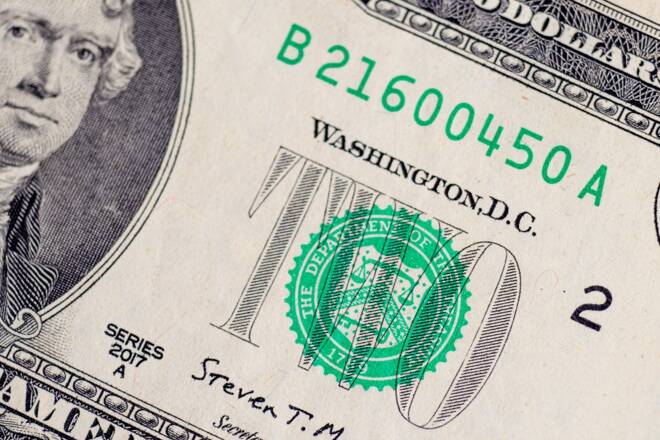Advertisement
Advertisement
USD/JPY Forecast – US Dollar Continues to Stabilize After Move Higher
Published: May 16, 2023, 13:19 GMT+00:00
The US dollar has pulled back just a bit during the trading session on Tuesday, as we are stabilizing after the move higher.
USD/JPY Forecast Video for 17.05.23
US Dollar vs Japanese Yen Technical Analysis
The US dollar has pulled back just a bit against the Japanese yen during the session Tuesday, as we continue to see the uptrend play out, and traders come in to try to stabilize the move higher. Ultimately, this comes down to interest-rate differential between the Federal Reserve and the Bank of Japan, which of course is currently working with each yield curve control policy. In this environment, it’s difficult to imagine a scenario where the pair changes its overall attitude, which has been building and ascending triangle, showing signs of building even further upward pressure. If we could break above the ¥138 level, it will kick off a much bigger move.
The 50-Day EMA sits underneath, with the 200-Day EMA just underneath there. This all revolves around the ¥134 level, so at this point as long as we can stay above there, we should see plenty of bullish behavior. If we were to break down below this moving averages, then we would test the bottom of the ascending triangle, which of course should have plenty of support. Anything breaking that triangle would completely change the picture in this pair.
If the market were to break above the ¥138 level on a daily close, I believe that the market could go much higher, perhaps to the ¥148 level before it is all said and done. As the Bank of Japan looks like it is going to stay ultra-loose with its monetary policy and has to flood the market with Japanese yen occasionally to buy bonds, it’s likely that we will continue to see more upward pressure than anything else. However, a lot of noisy behavior would be expected along the way, as is pair is very sensitive to interest-rate differential and all economic announcements that give us a bit of a heads-up as to where interest rates may go. It’s also worth noting that the market is doing everything it can to convince himself that the Federal Reserve is going to have to loosen monetary policy sooner rather than later. Although this is probably not true, it certainly has a major influence on this pair.
For a look at all of today’s economic events, check out our economic calendar.
About the Author
Christopher Lewisauthor
Chris is a proprietary trader with more than 20 years of experience across various markets, including currencies, indices and commodities. As a senior analyst at FXEmpire since the website’s early days, he offers readers advanced market perspectives to navigate today’s financial landscape with confidence.
Advertisement
